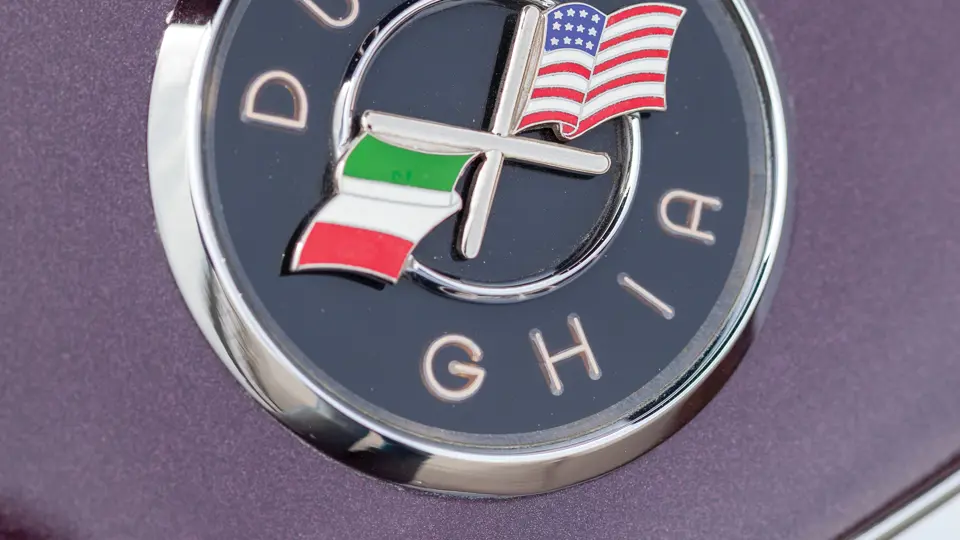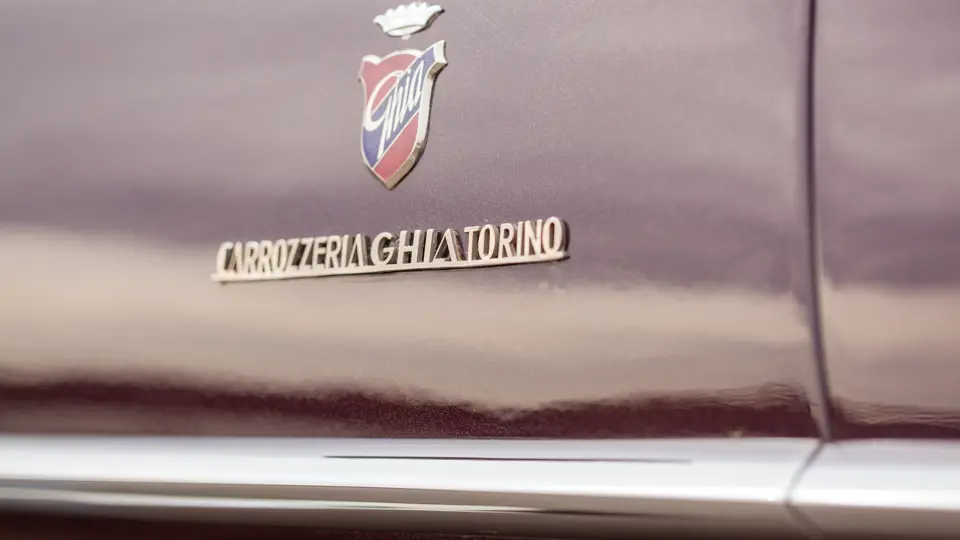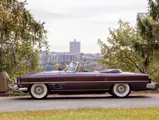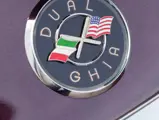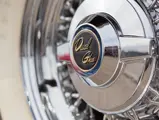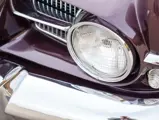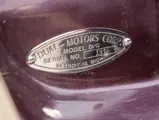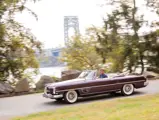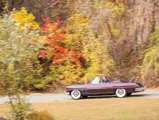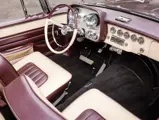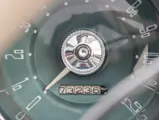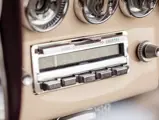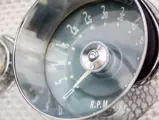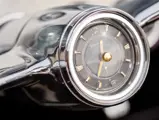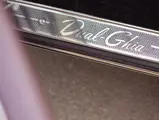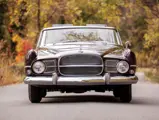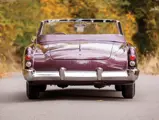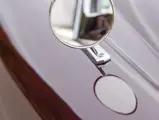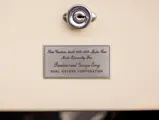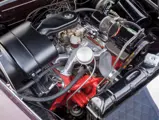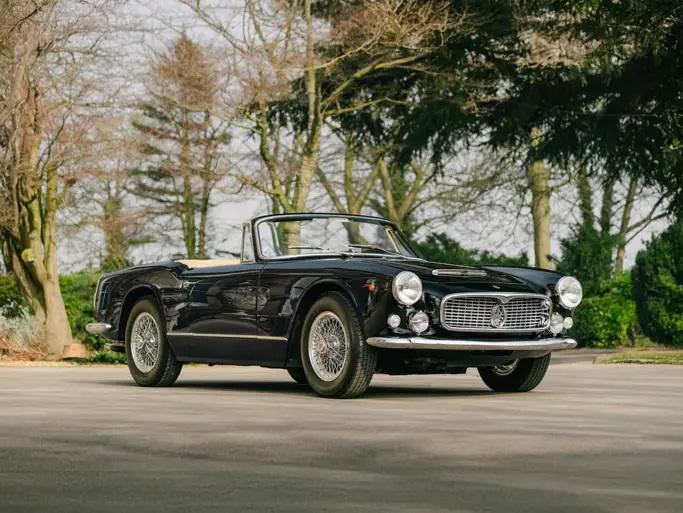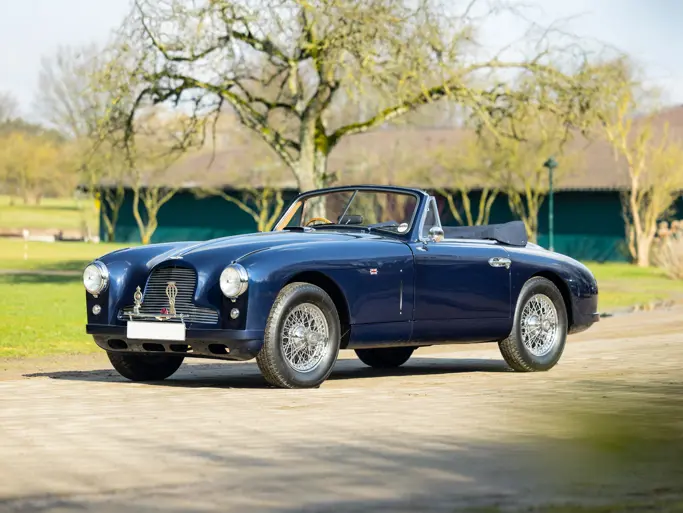230 hp, 315 cu. in. Dodge D-500 “Red Ram” OHV V-8 engine with a Carter four-barrel carburetor, two-speed Chrysler Powerflite automatic transmission, independent front suspension with unequal length A-arms and coil springs, live rear axle and semi-elliptic leaf springs, and four-wheel hydraulic drum brakes. Wheelbase: 115 in.
When Chrysler opted out of putting its striking Dodge Firearrow show cars into production, Detroit trucking magnate Eugene Casaroll purchased the rights to the design. By 1957, his Dual Motors, named for the twin-engine trucks that the factory once produced, had a modified version of the Firearrow in production. It was known as the Dual-Ghia, and it featured an unbeatable combination of reliable Motor City-bred Dodge V-8 power and gorgeous hand-formed bodywork by noted Italian carrozzeria Ghia, of Turin. Exhaustive attention to detail and extensive handcraftsmanship resulted in a beautifully finished automobile with a luxurious interior, which featured such sporty notions as front bucket seats and a dashboard with a full set of instruments, set against engine-turned aluminum.
Casaroll’s genius was in recognizing the value of social status and upper-class appeal. Long before the Ferrari factory studied how many of a car they could sell and then built one fewer to ensure demand, the father of the Dual-Ghia personally hand-chose his customers from a list of clamoring applicants. Frank Sinatra, at the time the brightest of all stars, was a natural choice, as were his friends Peter Lawford and Eddie Fisher. Writing in their seminal Dual-Ghia history, published in Automobile Quarterly, John Martens and Dr. Paul Sable recounted when a would-be buyer in Brooklyn was refused a car on the grounds that one had already been delivered there. He then offered to move to Connecticut, only to be told that one had already been sent to the Constitution State as well.
It was this one-upmanship that led legendary Hollywood columnist Dorothy Kilgallen to wisecrack that a Rolls-Royce was the “status symbol for those who can’t get a Ghia.” Presumably, there were a lot of Rolls-Royces delivered in the late 1950s, but only about 100 Dual-Ghias were made between 1956 and 1958. With the exception of a duo of prototype coupes, all were convertibles.
CHASSIS NUMBER 191
The car offered here, chassis number 191, is most distinctive for its lack of tailfins, a feature that, according to Dual-Ghia historian Dr. Paul Sable, was seen on only a few of the last Dual-Ghias built, including Eugene Casaroll’s personal car. The effect sharply modernizes the Dual-Ghia’s lines, bringing them neatly into the 1960s yet also recalling the original Firebomb prototype, which had similarly blunted “butter knife” rear fenders.
In the 1970s, this car was acquired by the late Rick Danko, the popular Canadian-born singer who is best remembered as one of the members of The Band, alongside Levon Helm. Mr. Danko purchased the Dual-Ghia for his then-wife, Grace Seldner, who would drive it around their hometown of Woodstock, New York. It was later owned by other enthusiasts in New York, Tennessee, and Ontario, Canada. In the early 21st century, George Evoy carefully restored the car in its original color of Eggplant, traces of which were found in the body, and accented it with a burgundy and cream interior. The restoration still presents well, with Dr. Sable describing it as “an outstanding piece of work.”
In its current ownership, the Dual-Ghia was driven in Europe on the Ladies Classic Car Tour and has been used as a favorite driver during summer days. The owner reports that the engine has been professionally sorted, but otherwise, the car has required little work and still remains in wonderful overall condition.
This is a beautiful and unique example of the 1950s’ ultimate status symbol.
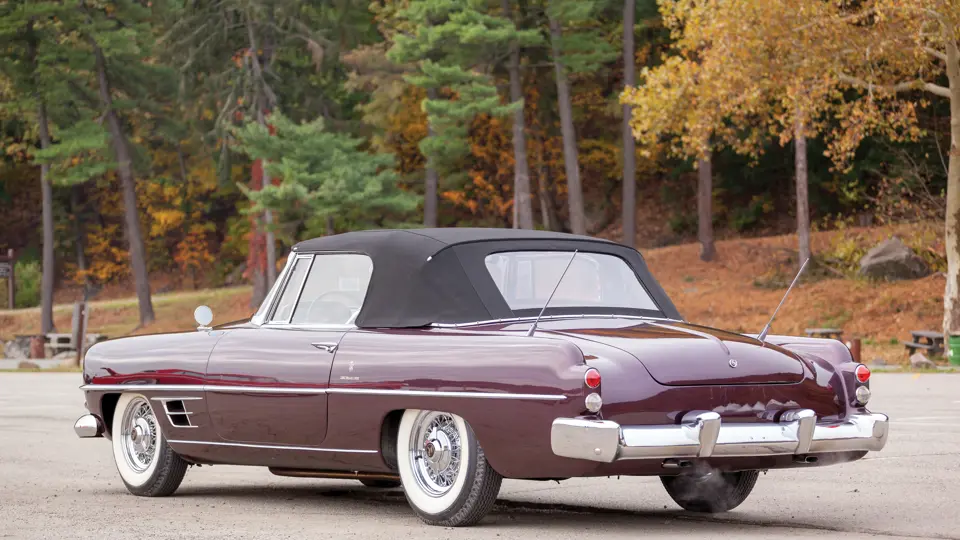





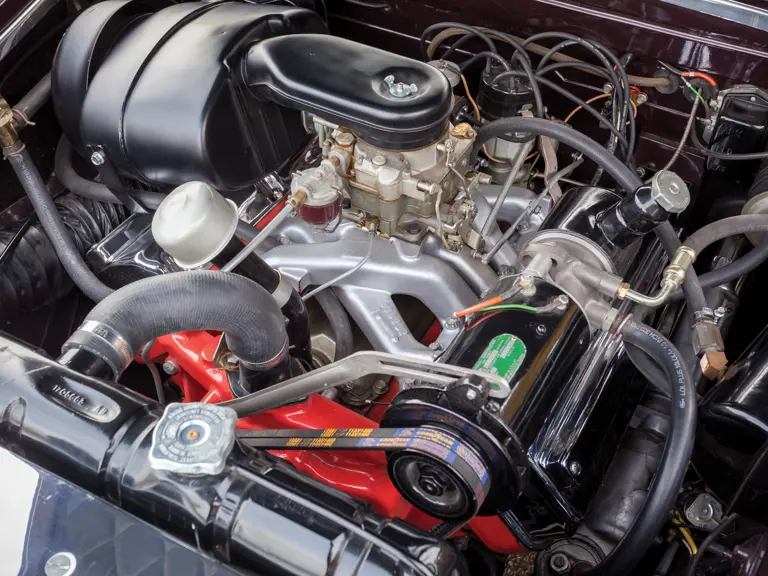
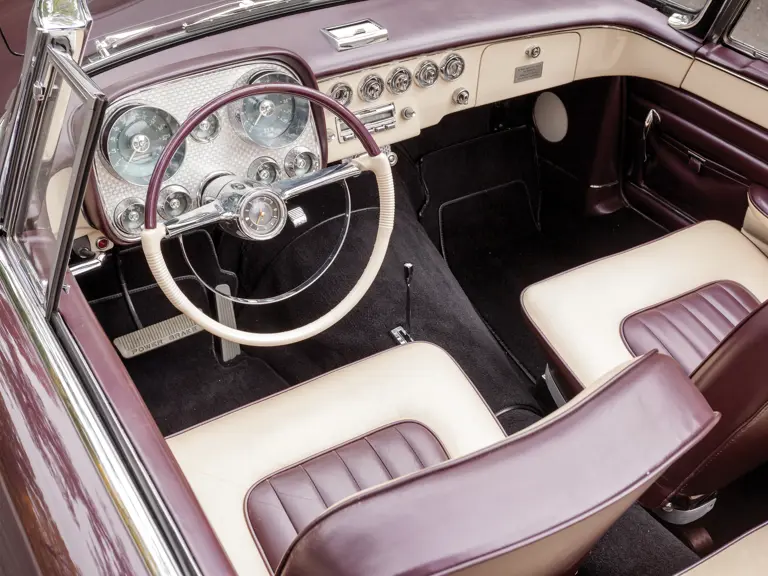
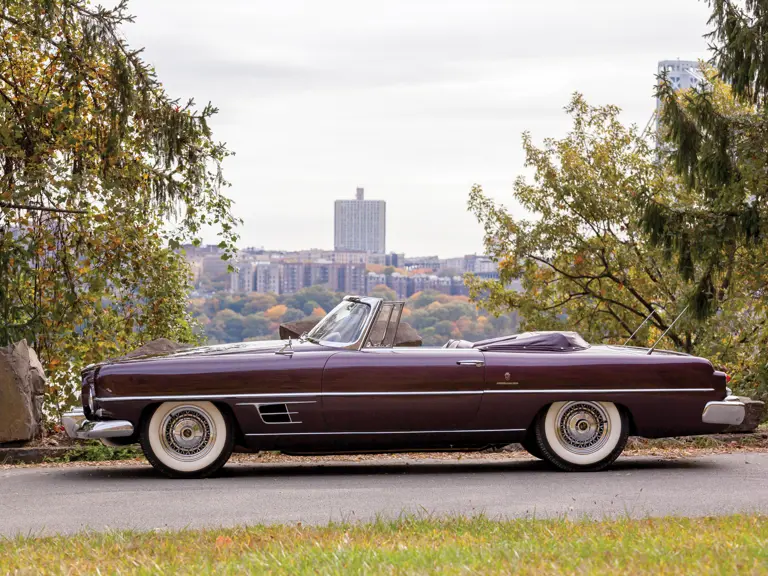

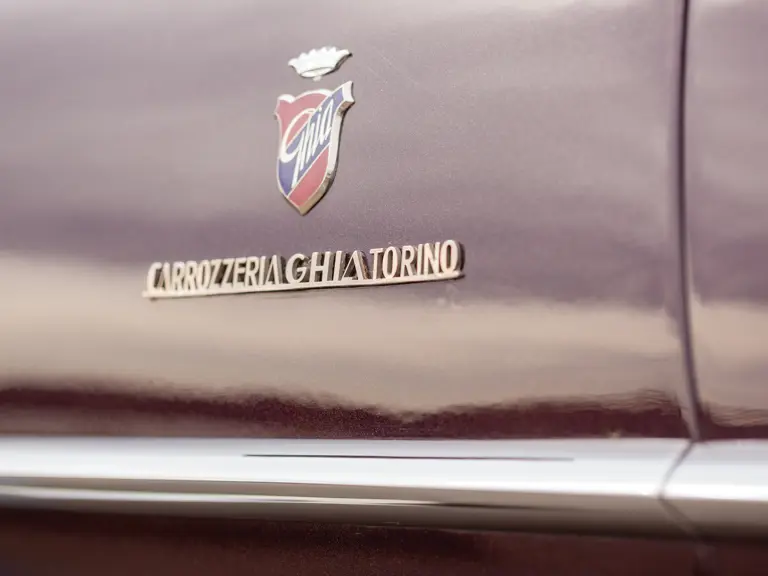
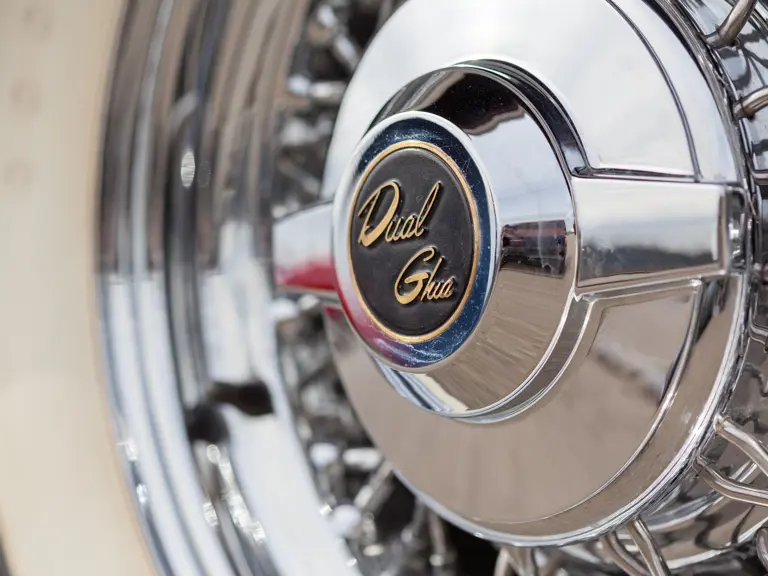
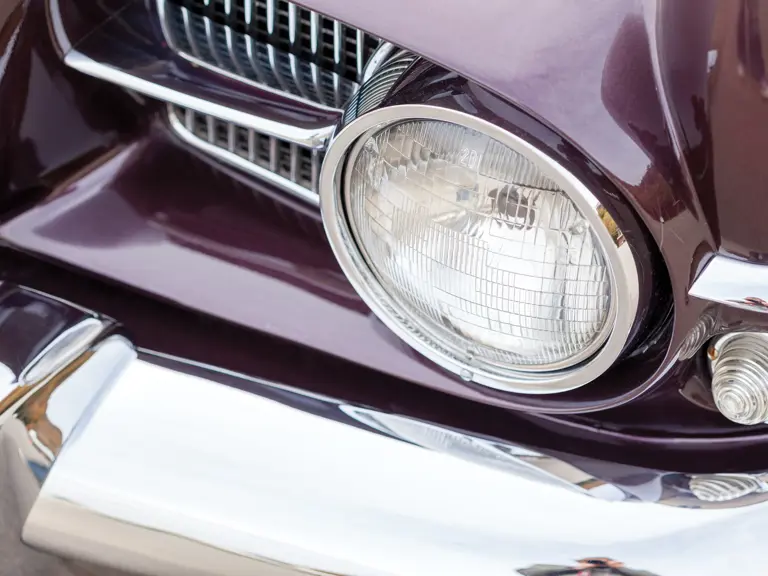

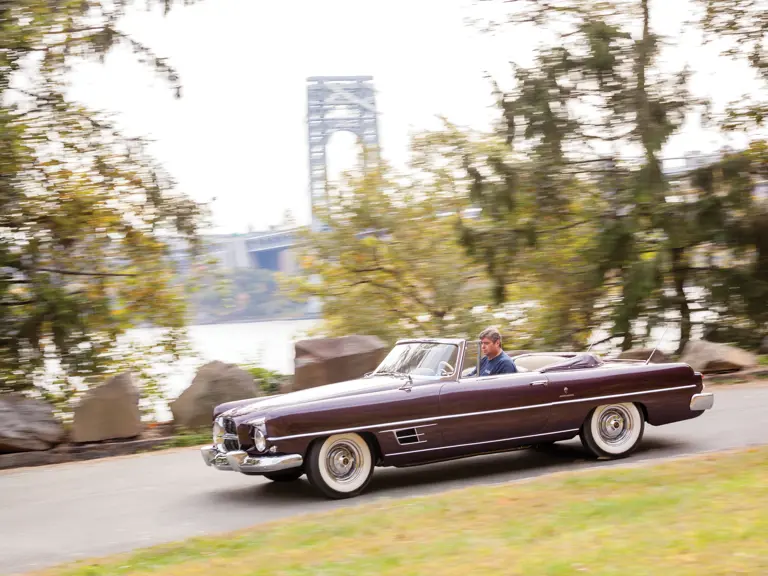

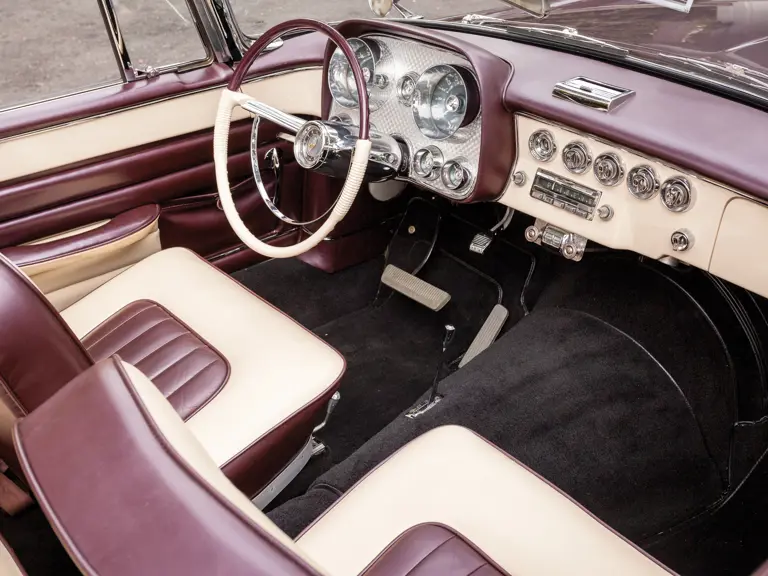

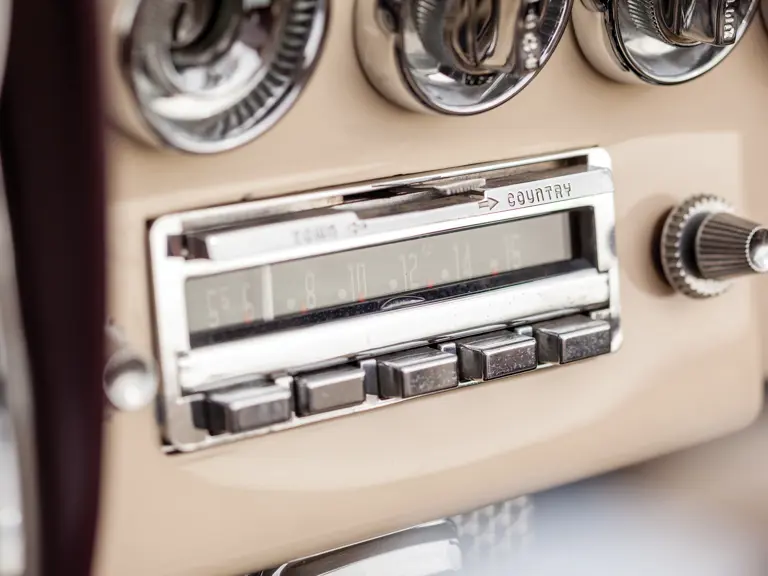
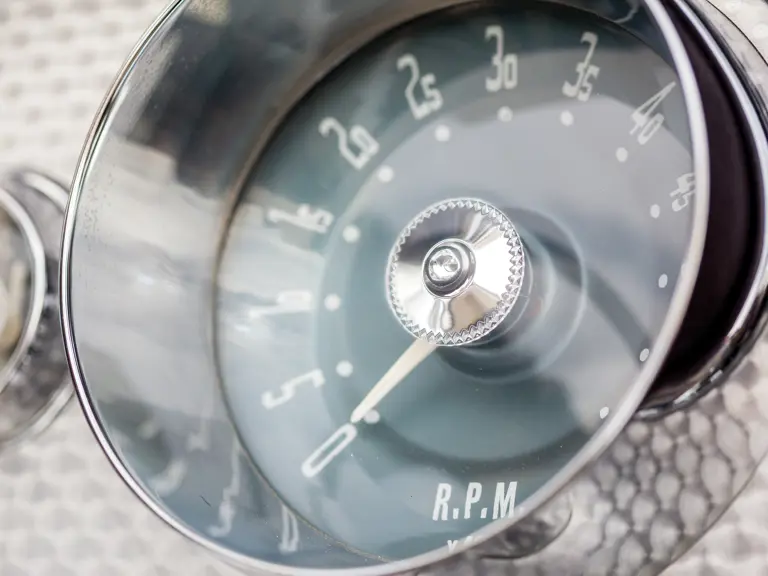


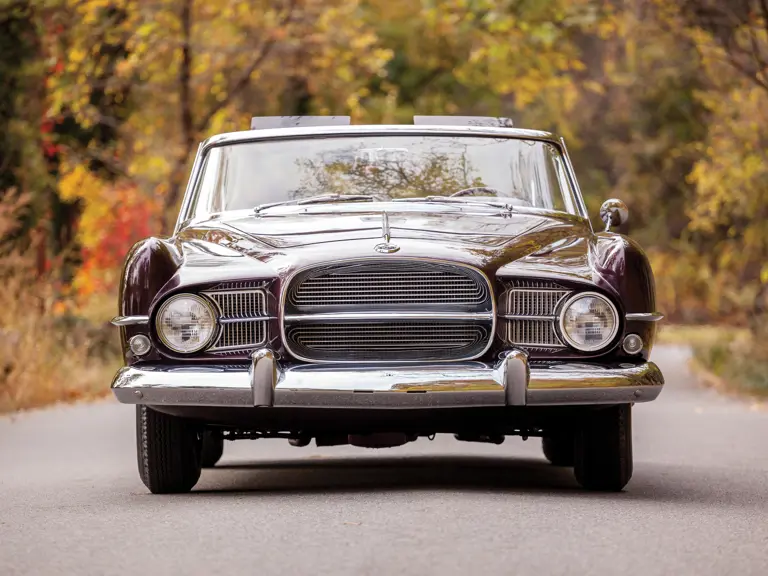
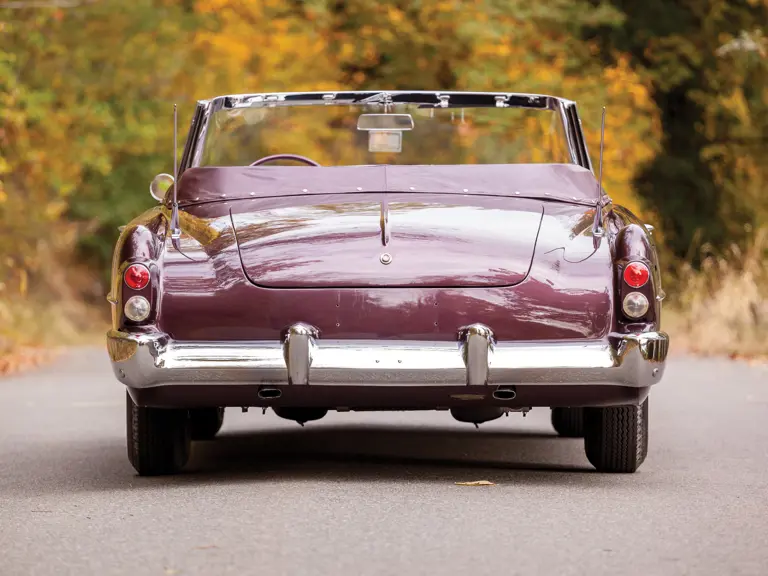
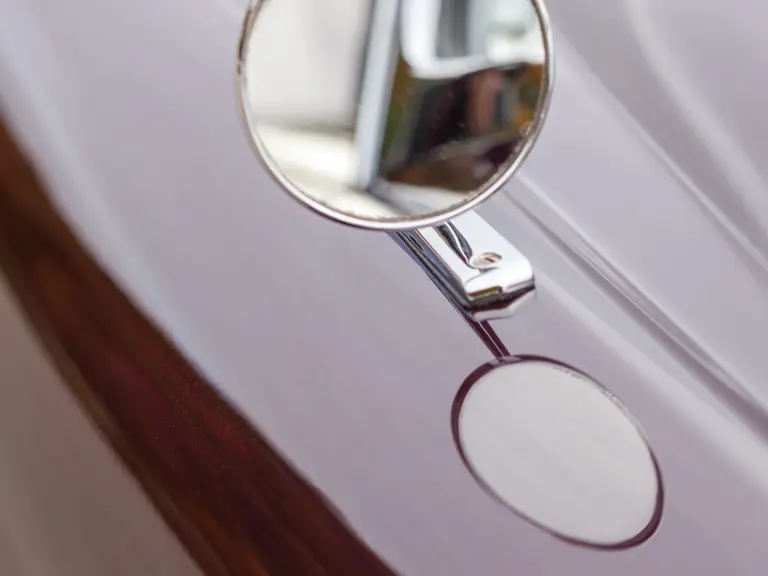
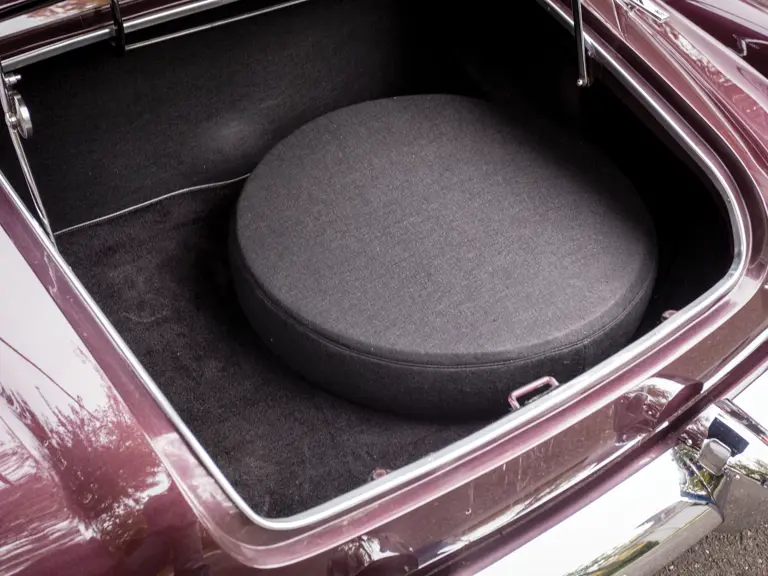
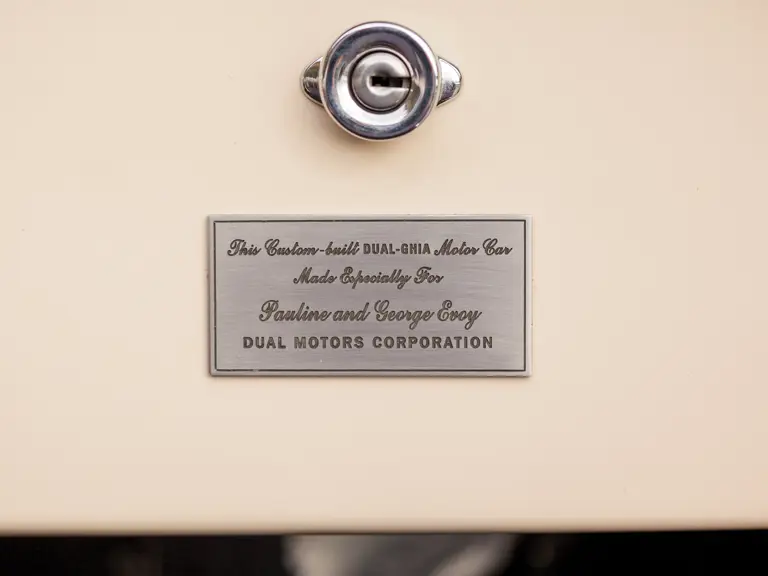
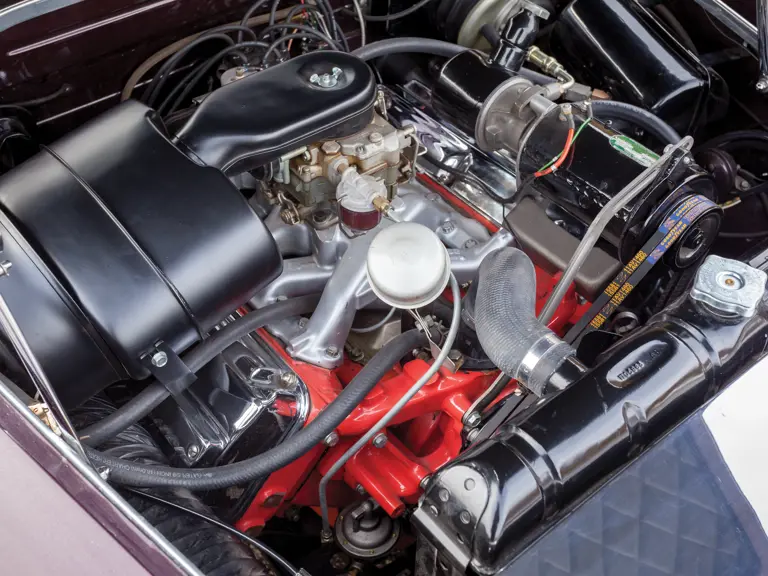


 | Phoenix, Arizona
| Phoenix, Arizona

